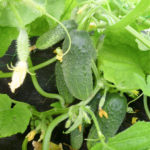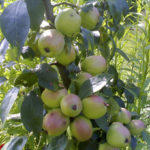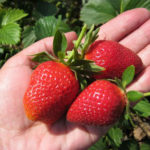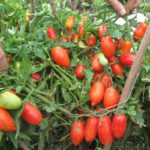Rose Chippendale
Tall, decorative, profuse and long blooming, with a wonderful aroma - all these epithets refer to scrubs. Among the relatively recent representatives of this class is the rose with the unusual name Chippendale. She quickly fell in love with rose growers for its unpretentiousness and fantastic appearance.
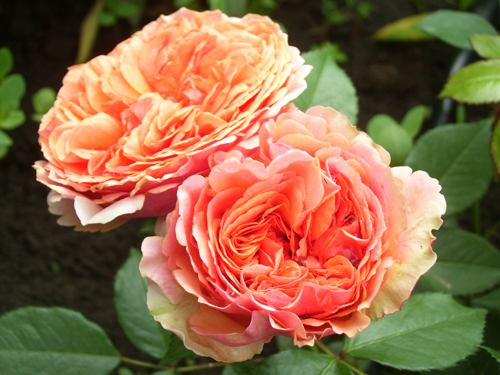
History of creation and names
If the cartoon characters Chip and Dale come to mind at the mention of the name of the variety, this is the wrong result. In fact, the variety was named after the famous English furniture maker Thomas Chippendale (1718 - 1779), who decorated many of his creations with decorative elements in the form of a rose. Breeding work to create a flower masterpiece was carried out by the German company Tantau, author - Hans Jürgen Evers. The year of the creation of the new variety is 2005, but the plant was introduced to the flower market in 2006. Exhibition name - Chippendale, it is also a registered trademark. In different countries of the world, the flower is known under other names - Ali Man, Ali Mau, Duchess of Cornwall, Music Hall. The unique code of the rose is Tan97159. A lot of controversy arises when classifying a variety. Most sources classify Chippendale as a scrub - a bush plant, in many southern nurseries the plant is presented as climbing (we will talk about this feature in the description), the originator classifies his masterpiece as a nostalgic hybrid tea variety.
Awards
Chippendale is a contestant and award winner. In 2008 - Baden b. Wien / Vienna 2nd Prize. Baden b. Wien Rose Trials. In 2013 - Hamilton - Most Fragrant Rose / New Zealand Rose Trials in the category of the most fragrant rose.
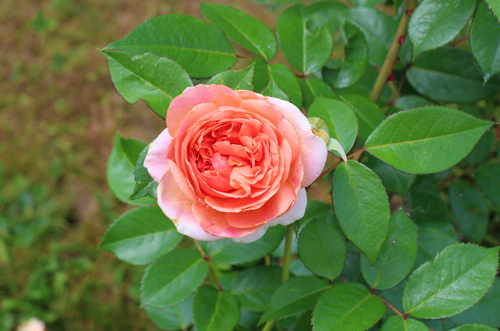
Description
The plant is vigorous. The bush is upright, powerful, fairly well leafy, branched, dense. The foliage is odd-pinnate, consisting of 7 leaves, healthy, leathery, glossy shiny, rich dark green color. The declared height is 80 - 120 cm, width - 100 cm. The shoots are erect, strong, very thorny. A well-groomed plant looks compact and neat. But in hot climates, the bush often shoots out with long shoots, or fishing rods, because of which it becomes quite tall. Long shoots, if not tied up, begin to droop in the process of blooming flower brushes. Because of this feature, our heroine is often confused with climbing varieties. Numerous reviews confirm the great strength of the growth of the bush, which significantly exceeds the standard size. The number of buds on the stem is from 1 to 3 pieces.
The Chippendale variety is in no way inferior to the famous Austin English roses in beauty. The buds are round-ovoid, with a pointed tip, dark orange in color, densely double flowers, consisting of almost 100 petals, 10-12 cm in diameter. ... In the process of blooming, the large outer petals seem to create a semblance of a bowl filled with a large number of slightly smaller petals. Due to its high density, the core of the flower is not visible even during complete dissolution. The colors are rare, fantastically beautiful. Depending on the stage of flowering, the color scheme changes. At the initial stage of dissolution, the petals are painted in a warm pink color, moving closer to the center into a deep orange, almost salmon. Then, as it blooms and under the influence of sunlight, the petals fade to a delicate peach or pale pink color. In any case, the decorativeness of the flower is not lost, and its color is considered excellent at any stage of dissolution.
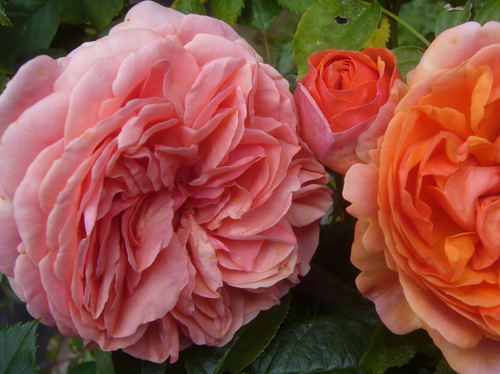
Bloom
Chippendale is a multi-flowering variety. The flowering period is long - from June to November (depending on the region). An adult bush is simply strewn with flowers, from the very bottom to the top. The break between flower waves (there are only 2 of them) is almost indistinguishable.The first wave is abundant, large-flowered, fragrant. The second is a little more modest, but, according to some reviews, it is not inferior to the first. Flowers stay on the bush for a long time. At a young age, difficulties may arise during the opening of the bud; due to the strong doubleness, a weak plant may simply not have enough strength to fully open the flower. But the overall impression of the beautiful rose is excellent. Unusual colors look advantageous against the background of healthy greenery and are capable of capturing enthusiastic glances for a long time. And even the flowering period of this variety is considered by many to be excellent.
Characteristics
- The Chippendale hybrid tea variety will definitely please with flowering the next year after planting. But he will be able to fully show his abilities only in the 3rd year;
- the culture is quite hardy. According to the USDA classification, it can easily grow in USDA zone 5, characterized by frosts from -26.1 ° C to -28.9 ° C. But nevertheless, it is not worth risking a heat-loving flower, especially when the winter is snowless, and the temperature can rise sharply, only to drop again later;
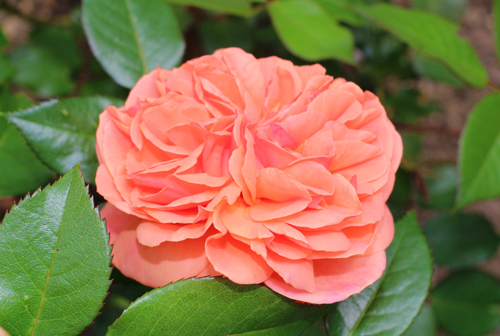
- the immunity of the rose is worthy. There is a fairly high resistance to the main diseases of the culture - powdery mildew and black spot. Problems can still arise, especially at a young age. Of the pests, aphids, which take a fancy to young shoots and flower buds, are especially inconvenient;
- excellent moisture resistance, flowers do not deteriorate even from prolonged exposure to moisture. This fact is confirmed by rose growers;
- the petals fade slightly from the bright sun, but this does not make our heroine lose her charm;
- Chippendale's aroma is strong, bright and memorable - pink with hints of fruits and oriental spices;
- the rose shows excellent cutting performance. The vase retains the grace of lines and magic charm for a long time.
Planting and leaving
You can plant seedlings in spring or autumn. The optimal time is mid-May or mid-September. The site should be well lit, although in partial shade the hardy culture shows itself well. On the north side, you need to have protection in the form of a fence, structure or dense decorative plantings, so that the wind prevailing during this period does not lead to freezing and overdrying of the stems. The site is dug up in advance and the planting hole is filled with nutritious and loose soil. Before planting, it is recommended to dip the Chippendale root system in water for a day, to which drugs that stimulate root formation have been added.
Further care is not difficult. Build an irrigation plan taking into account the precipitation so that the root system does not suffer from excess or lack of moisture. In terms of fertilizers, Chippendale is the most undemanding rose, but it should be noted that the quality of flowering directly depends on nutrition. Therefore, in the spring, use nitrogen fertilizers to enhance growth, and during the budding period, use phosphorus-potassium fertilizers. To maintain compactness, the bush is pruned annually. To increase branching, the longest shoots are shortened by 15 centimeters. In the spring, frozen, broken stems are removed, and healthy ones are cut to 50 centimeters in height.
The Chippendale variety, according to numerous reviews, is recognized as the most unpretentious and unusually beautiful plant. Many people compare it to a workhorse, but we would call this rose rather a generous queen who is condescending to mistakes and flaws in relation to her person. Our heroine will help you create an unforgettable resting place, enveloped in a bright, but not intoxicating scent and delicate pink-orange tones. Landscape designers recommend using the abundantly flowering variety in single plantings or grouped with herbaceous perennials.Given the nature of the plant, you can create different garden styles, but this modern variety is unusually good for creating cozy and romantic corners in the old style. The only drawback is the thorns, which create inconvenience during care.
Chippendale Gold
Our heroine has a namesake - Chippendale Gold. It also appeared thanks to the breeders of the German company Tantau, but somewhat later. The year of her birth is 2011. The year of introduction is 2012th. Exhibition name - Chippendale Gold, universal code - TAN1759. It is a scrub, the height of the bush is 80 - 100 cm. The foliage is bright green. The flowers are old-fashioned, cup-shaped, double, consisting of 26 - 40 petals. The flowers are of the quartered type, characterized in that the numerous petals of the center are twisted into 4 separate groups and form a square. The color of the rose petals is golden yellow, but towards the end of flowering it fades to light lemon, almost white. The variety is new, therefore its characteristics have not yet been tested in our country. Although some rose growers have already planted seedlings and can appreciate the beauty of the golden Chippendale.

